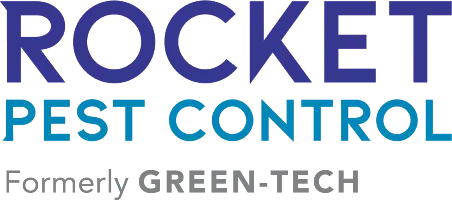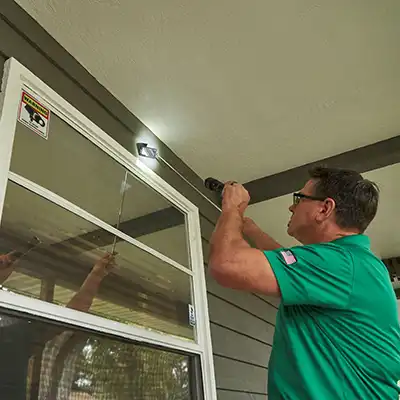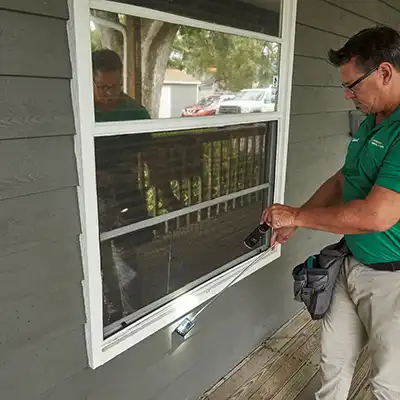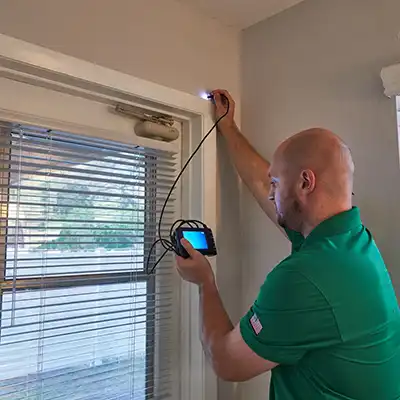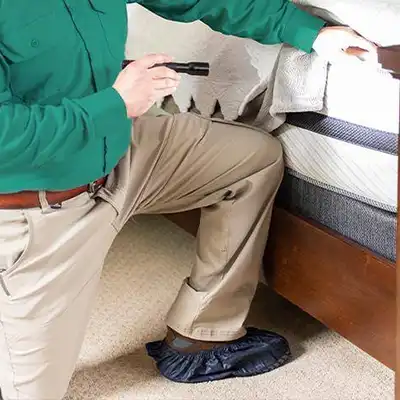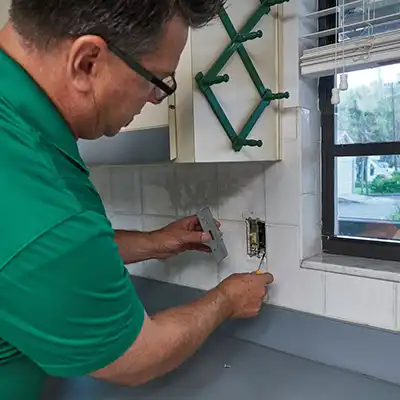Wood-Destroying Organism Inspections

One of the most significant problems for homeowners is pests. They come in various forms, such as spiders, wasps, snakes, raccoons, rats, and mice, all of which are problematic. But a particular group can lead to extensive structural damage known as wood-destroying organisms (Wood Destroying Organisms).
As the name suggests, Wood Destroying Organisms primarily target wooden parts of the house, including beams and floors. Many species fall into this category, including carpenter ants and termites. There are many other types of Wood Destroying Organisms, and they all share one characteristic—they target wood throughout their life cycles and inflict massive damage to plants, trees, and wooden structures.
For instance, the most common type of Wood Destroying Organisms is termites. These critters thrive in temperatures between 75 and 95 degrees Fahrenheit. Ideal conditions allow them to breed rapidly and grow faster than other Wood Destroying Organisms. In some cases, queen termites can survive for about 30 years and produce tens of thousands of termites every year. Once the colony latches onto wood, it is difficult to remove.
Two other common Wood Destroying Organisms are wood-boring beetles and wood-decaying fungi.
Damage Caused by Wood Destroying Organisms
Wood Destroying Organisms play a vital role in the environment. For example, after plants and trees decay, they break down the cellulose and other organic materials released in the process. Over time, they help return the substances to the ground, allowing new plants to grow.
However, Wood Destroying Organisms regularly turn their attention from dying trees to homes, which can lead to many problems. Termite workers feed on wood and require moisture from the soil. To meet this need, they seek out wood close to the soil. If they can’t find such areas, they build mud tunnels to connect wood to the ground. Their behavior can affect many areas of a house, including pillars and beams. Termites inhabit and feed on them, leading to considerable structural instability.
Wood-boring beetles are a nuisance as well. They construct their homes by drilling wood both inside and outside a house. Once they poke holes, they lay eggs, allowing larvae to wreak havoc on staircases, wood trim, and other wooden items. Additionally, adult beetles drill exit holes to leave the wood, causing even more damage in the process.
Wood-decaying fungi are also a significant problem. They can cause two kinds of rot: wet rot and dry rot. Dry rot can be found in damp timber with a moisture content of approximately 50%. The most well-known feature of this type of rot is the brownish color that appears in conifer wood and hardwood. It breaks down the affected surface, leading to soft and spongy timber.
Dry rot is even more harmful because the fungi spread across the entire wooden surface. The moisture content is irrelevant, meaning this problem can impact virtually any type of wood.
What Is a Wood Destroying Organism Inspection?
A wood destroying organism inspection is a process in which pest control specialists check for the evidence or presence of wood destroying organisms. Besides looking for signs of an ongoing infestation, they inspect the area for past issues and conditions for future infestations. Technicians generally perform a visual inspection that includes the outside and inside of a house. Their comprehensive search covers attics, crawl spaces, and other hard-to-reach areas.
When inspecting the exterior of a property, professionals look for potential access points in walls, foundations, and roofs. They can also look for decayed tree stumps in the vicinity and timber stored near the house. Other outside wood destroying organism hotspots can include leaky gutters, faulty downspouts, and inadequate grading.
An interior wood destroying organism inspection typically involves window frames, garages, baseboards, door frames, and other parts prone to infestations.
Combined together, interior and exterior inspections provide a comprehensive approach that involves physical and visual strategies. For instance, in addition to looking at susceptible wood, a technician can also probe and tap it for signs of infestation. Moreover, they may measure moisture levels, temperature, and many other parameters.
Components Of a Wood Destroying Organism Report
A wood destroying organism report is a record of an inspector’s findings. They list any evidence of infection or infestation and suggest potential solutions. These reports typically feature several sections that describe the results of the investigation.
The first two pages usually focus on the scope, highlighting whether it’s a supplemental, complete, reinspection, or limited report. Most professionals perform complete reports unless they recommend otherwise before the investigation.
Typically, it’s the third page of most wood destroying organism reports in which homeowners who hire a wood destroying organism inspector typically are most interested. This portion of the report emphasizes what the contractors found, how much damage Wood Destroying Organisms have caused, recommended repairs, and an approximate repair price.
Other parts of the report are generally reserved for additional inspection notes and legal notices about the work performed. Finally, the company that carried out the investigation may also offer to complete the repairs. In that case, the report may contain a work order agreement.
Homeowners don’t have to sign this agreement. They can request inspections and reports from other businesses if they want a second opinion.
Advantages Of a Regularly Scheduled Wood Destroying Organism Inspection
- People rarely consider the fascia, eaves, and other often neglected parts of the home when looking for signs of wood destroying organism infestation. As a result, DIY inspections often overlook these areas, increasing the risk of more damage and compromised structural integrity.
- The best way to prevent this is to schedule a wood destroying organism inspection once every few years. A thorough investigation uncovers areas that may have been unaffected by an infestation. More importantly, it can reveal the problem early and eliminate the need to pay for expensive treatments.
- Wood destroying organism inspections are also recommended if the owner wants to sell their house. Potential buyers look for many ways to lower the price. Signs of a wood destroying organism infestation are one of them. Ensuring the place is free from termites and other critters enables residents to sell their homes more quickly.
Wood destroying organisms can cause a lot of problems if left untreated. For example, they can destroy precious furniture and weaken support beams, leading to lower structural integrity. Furthermore, these creatures can poke holes throughout the house and exacerbate moisture issues. Such an environment is unsafe and can lead to health issues.
An effective way to deal with infestations safely is to contact Green-Tech Termite and Pest Control. We can check the property for wood destroying organisms and compile a detailed report that advises the owner on what to do next. Our technicians work fast, enabling residents to resolve the problem before it spreads.
